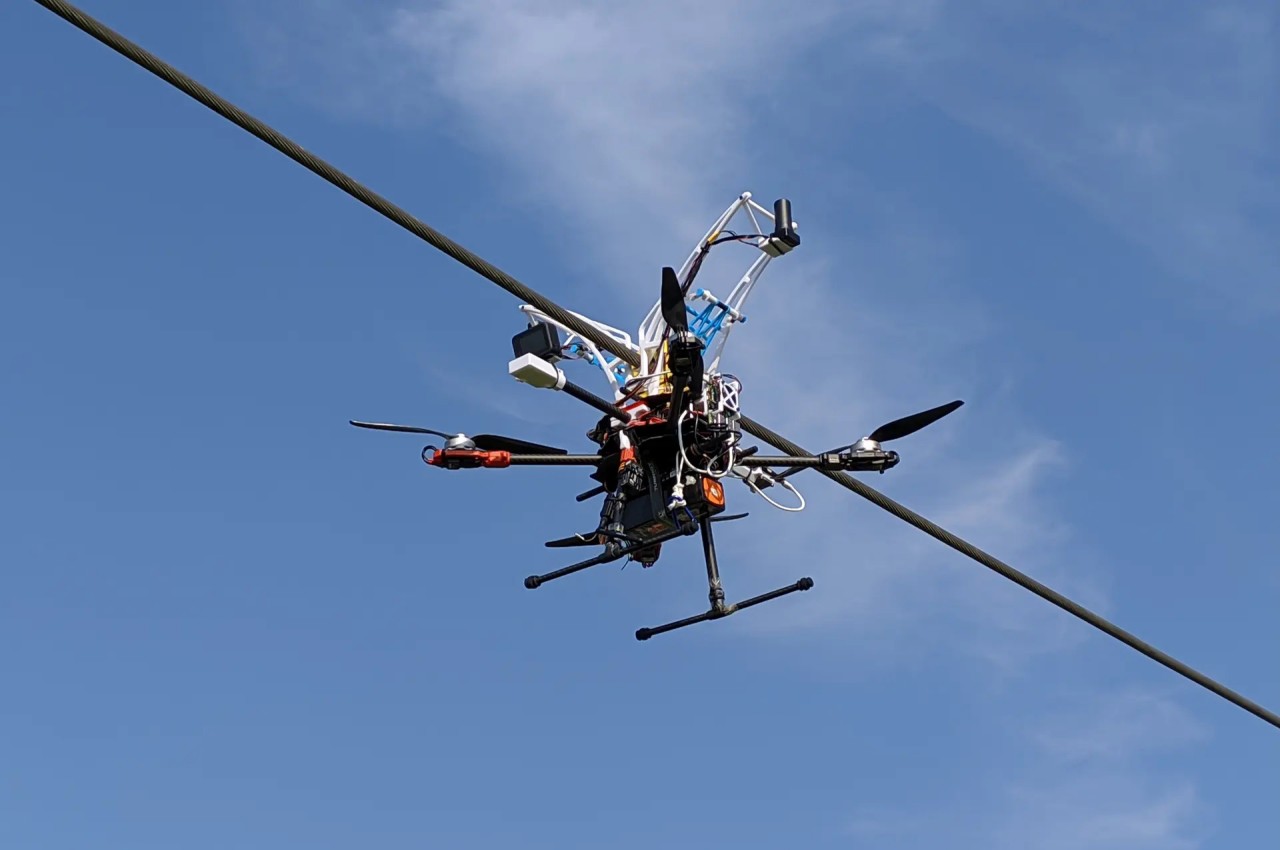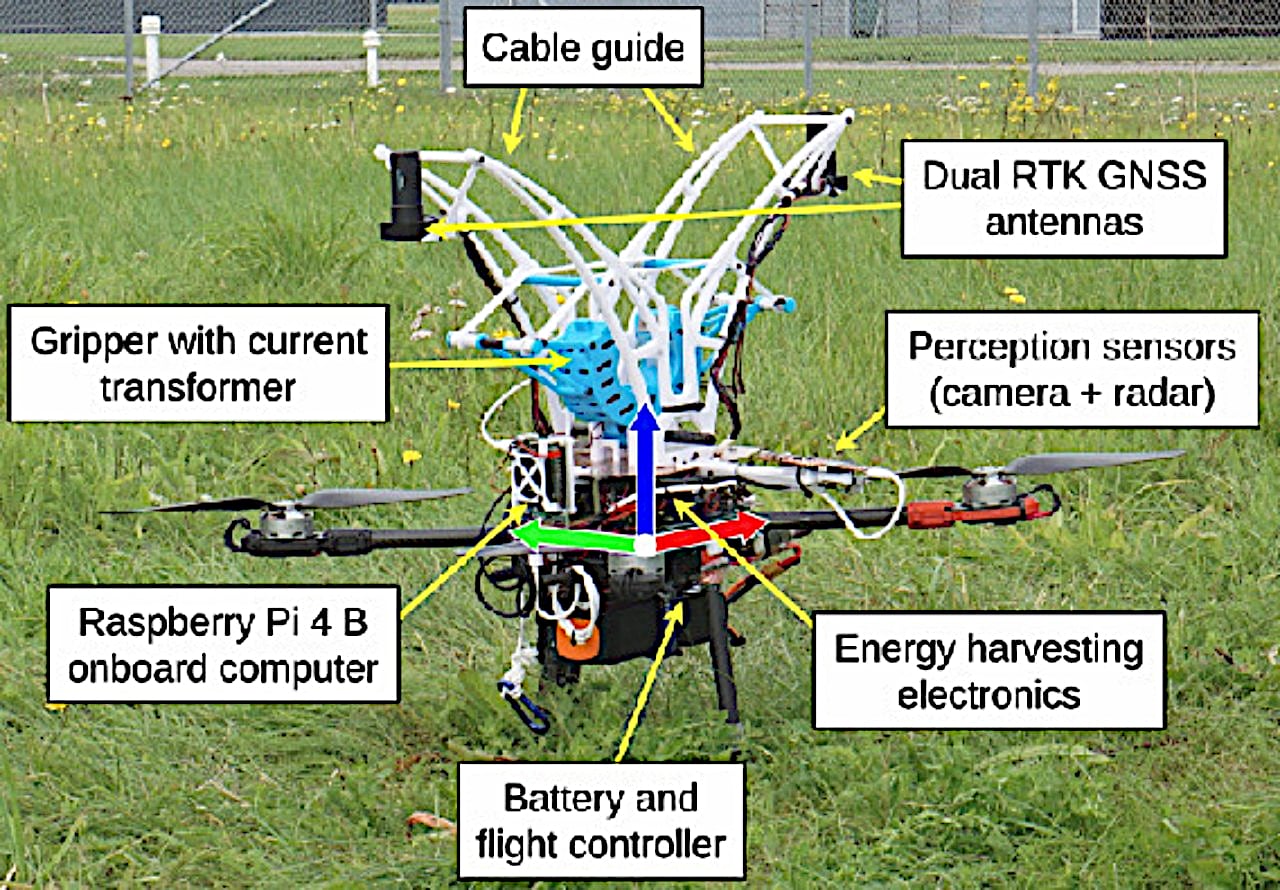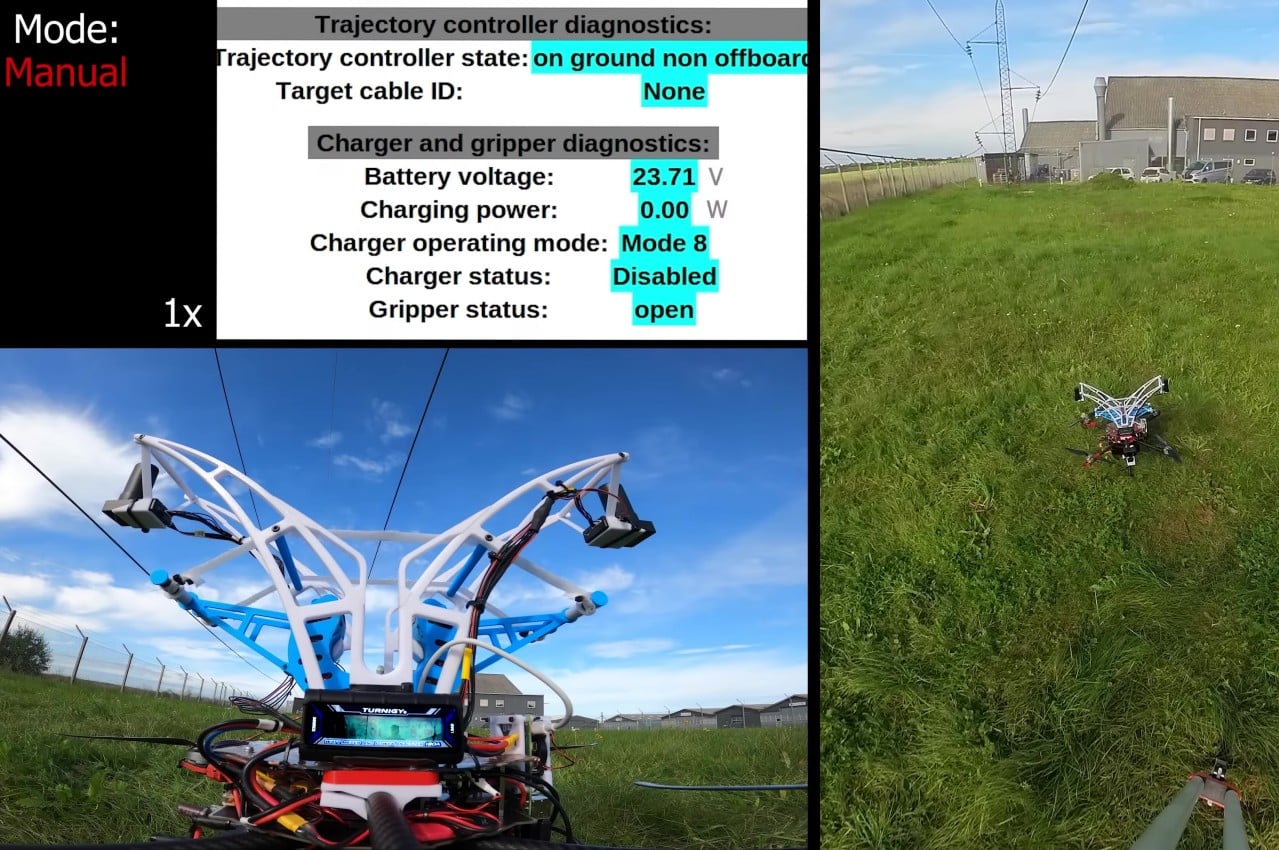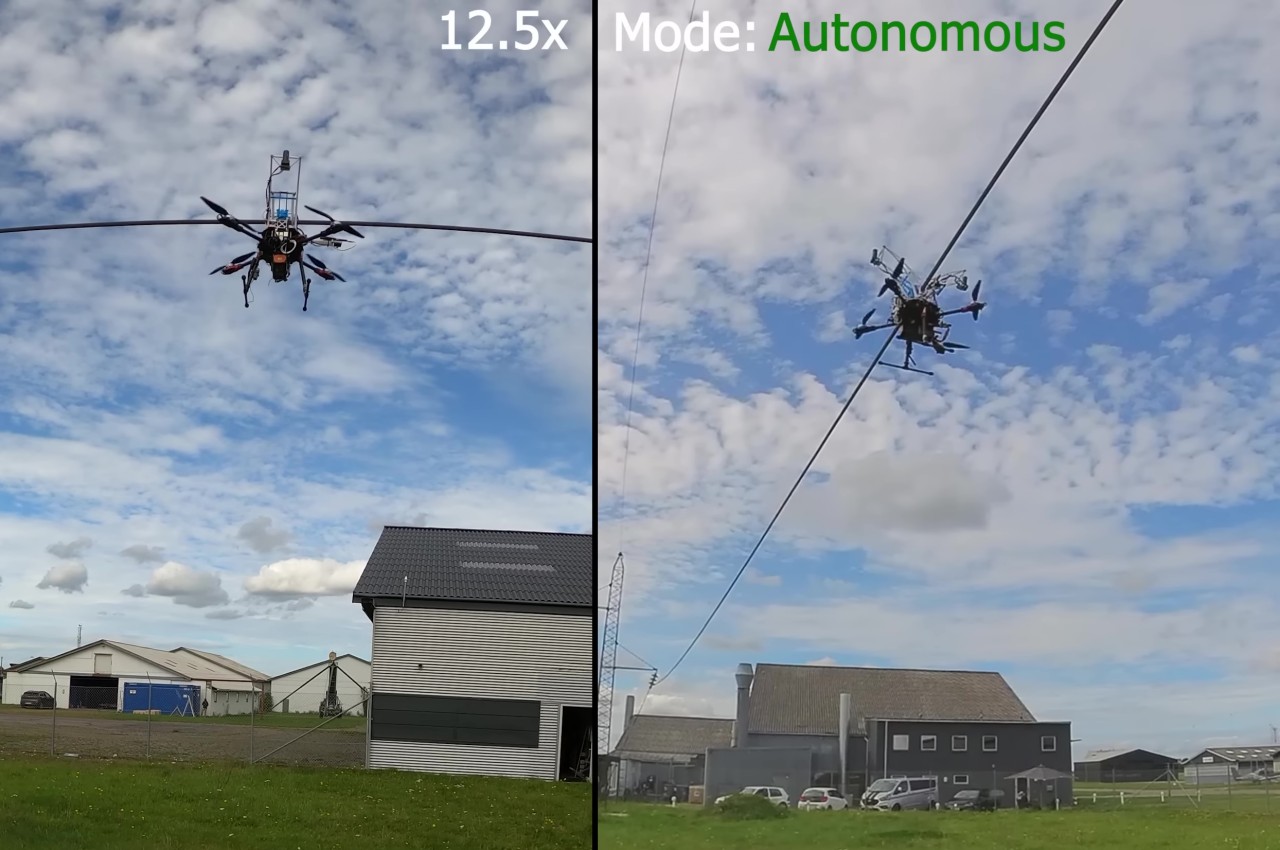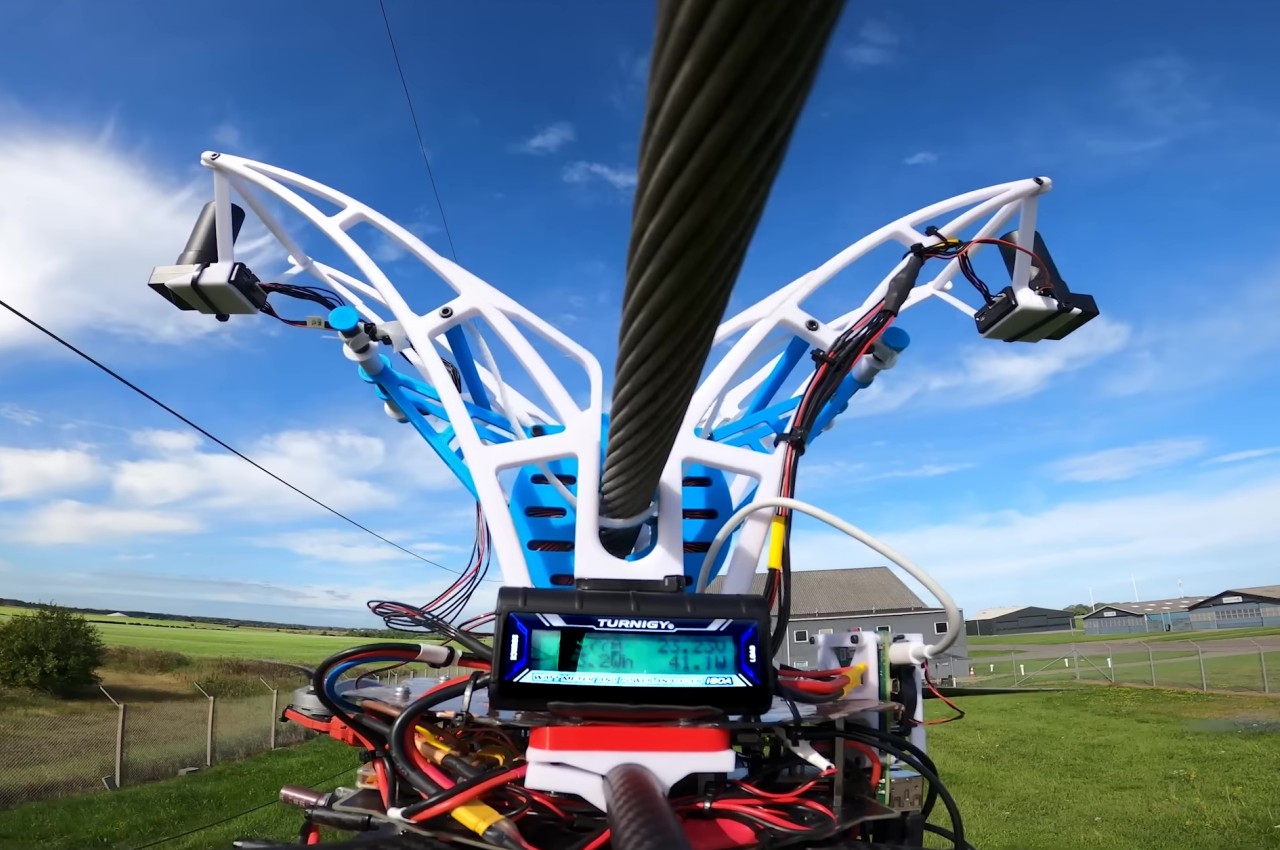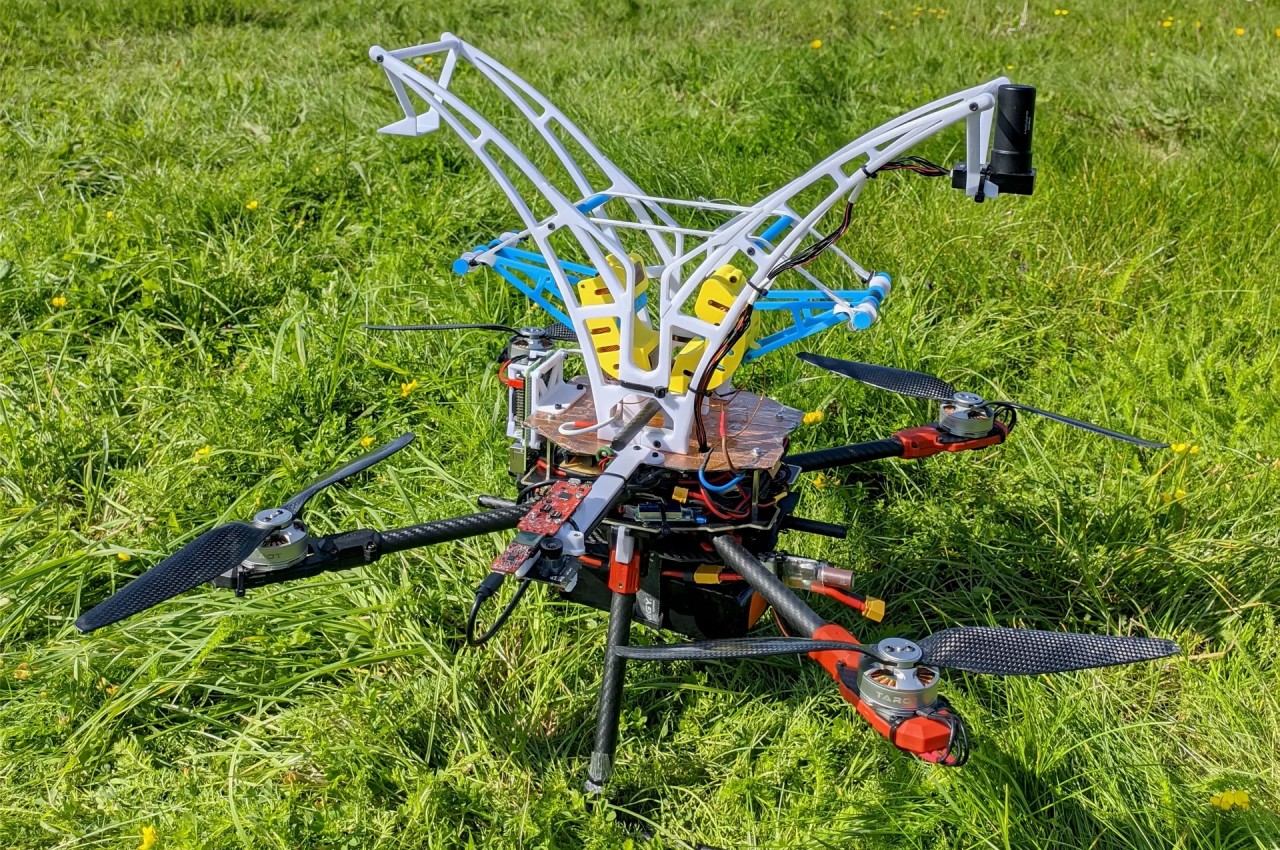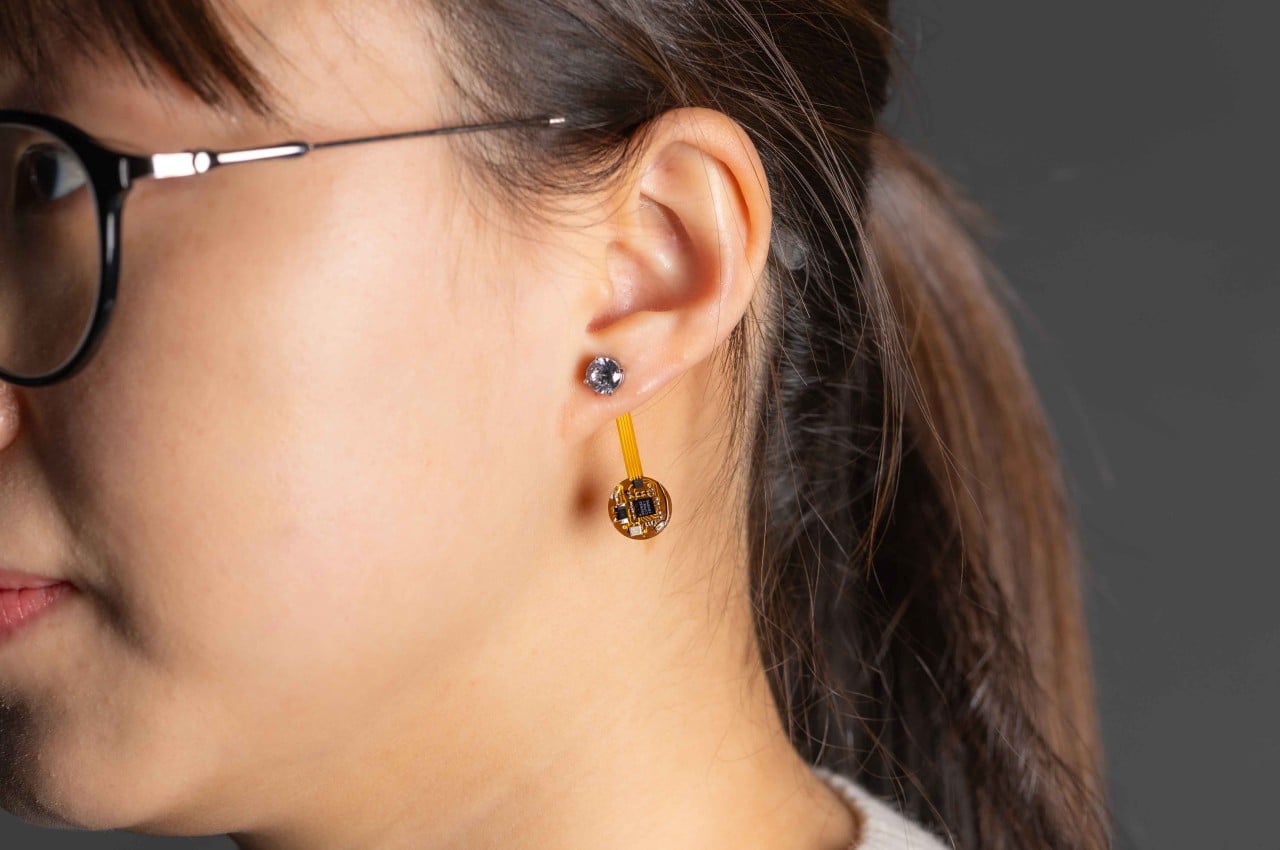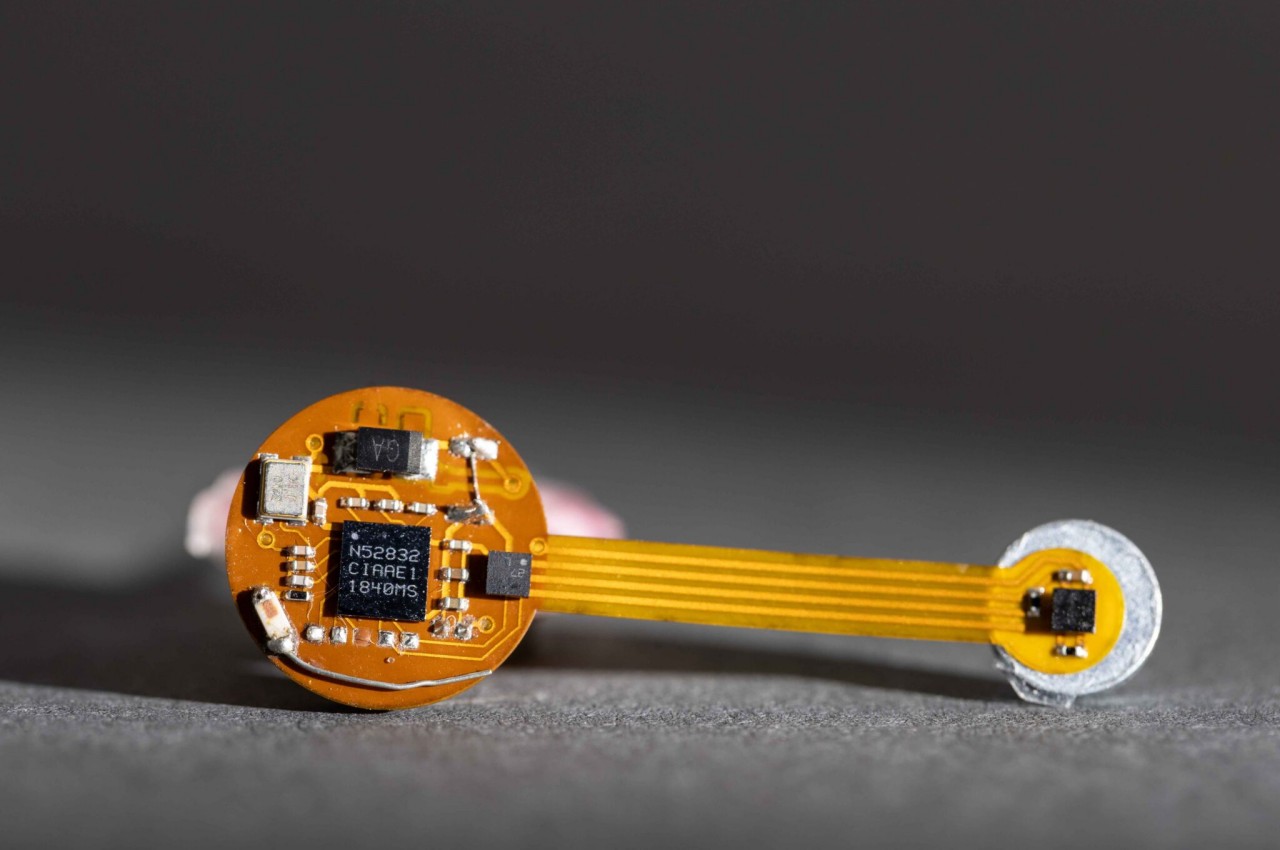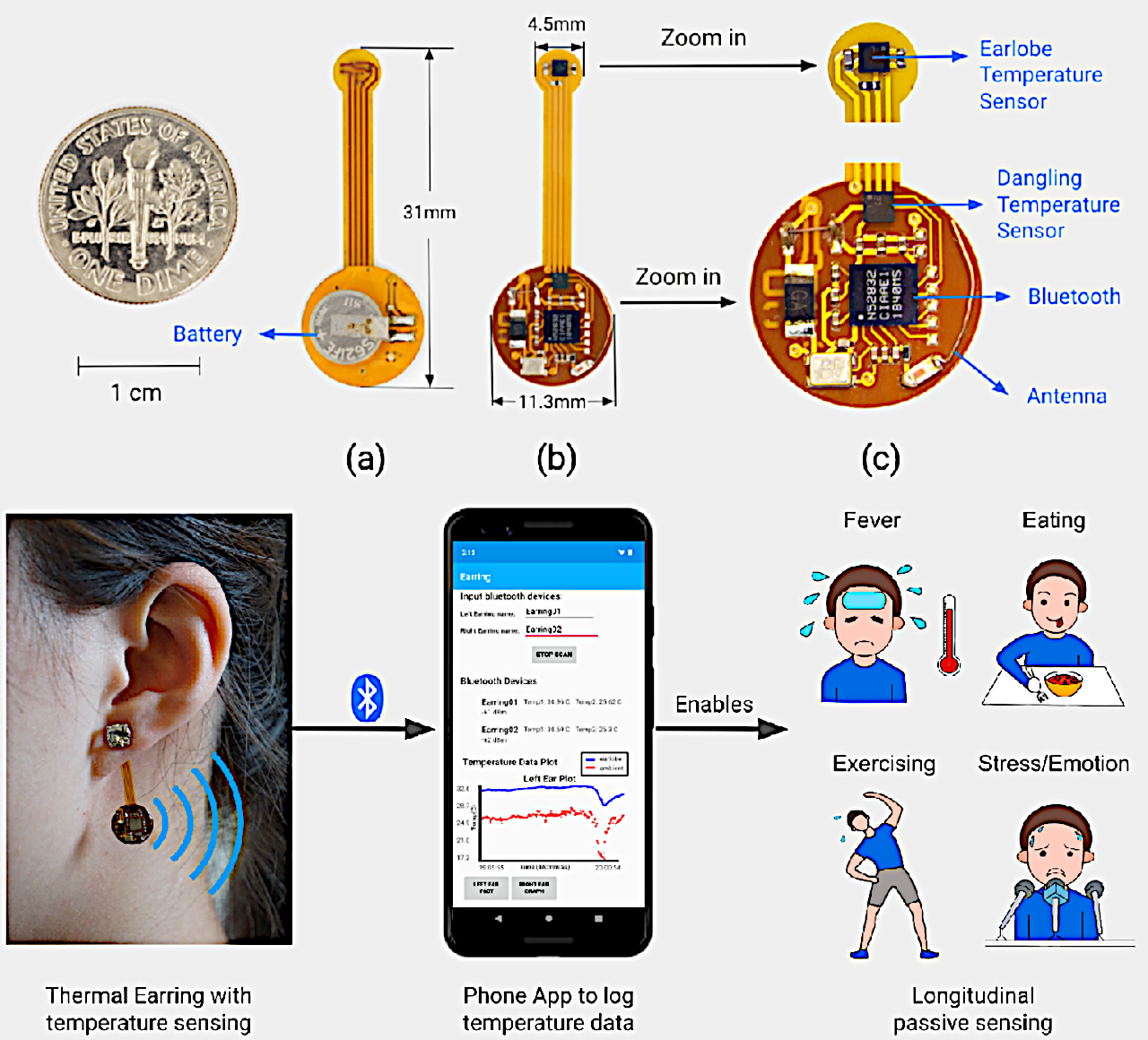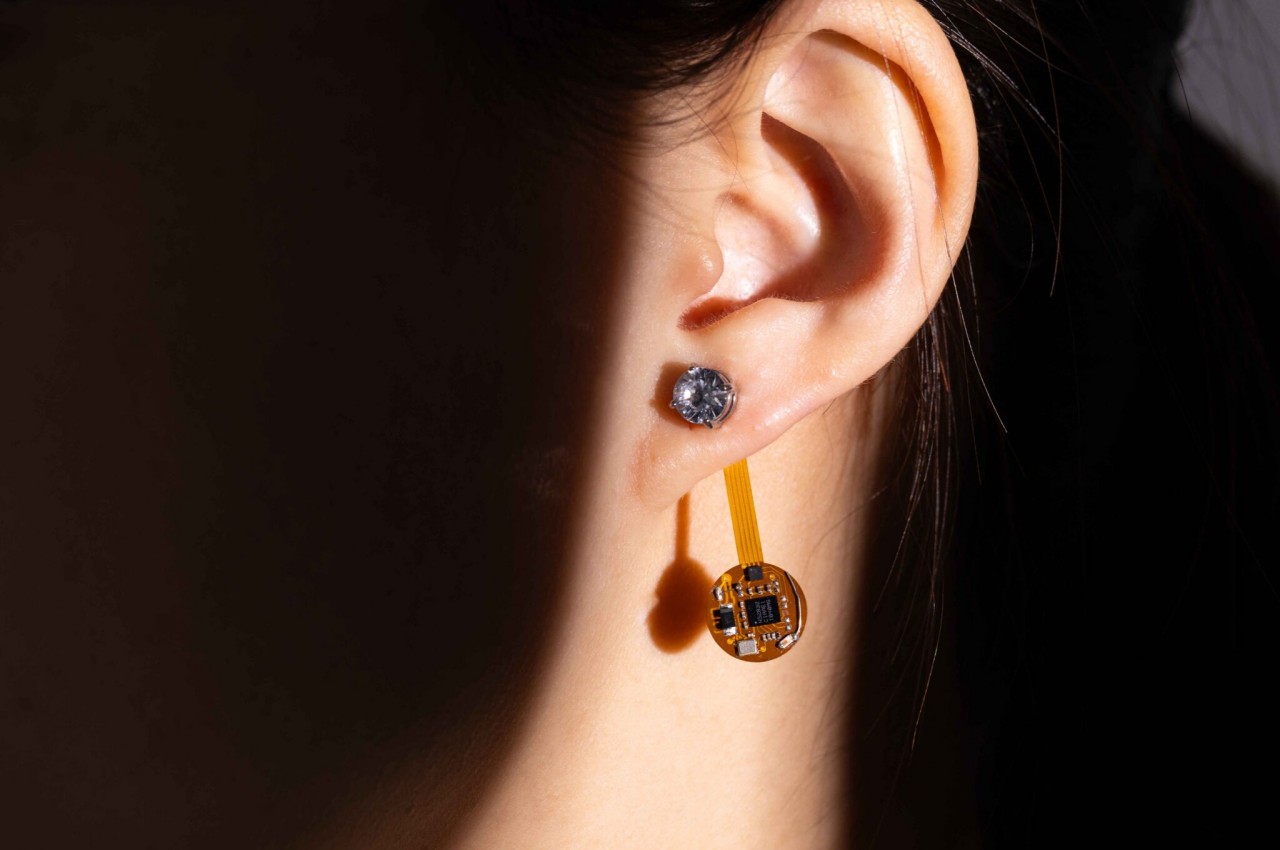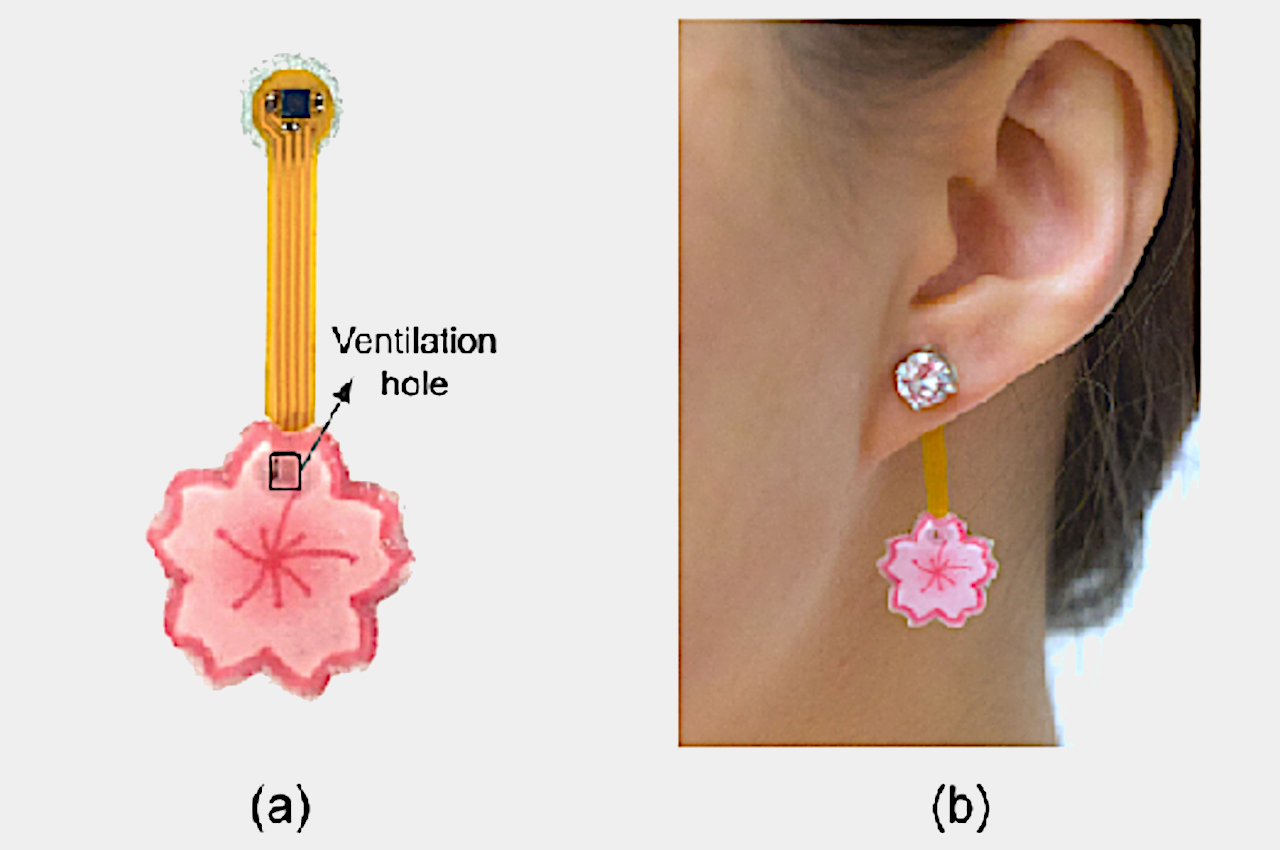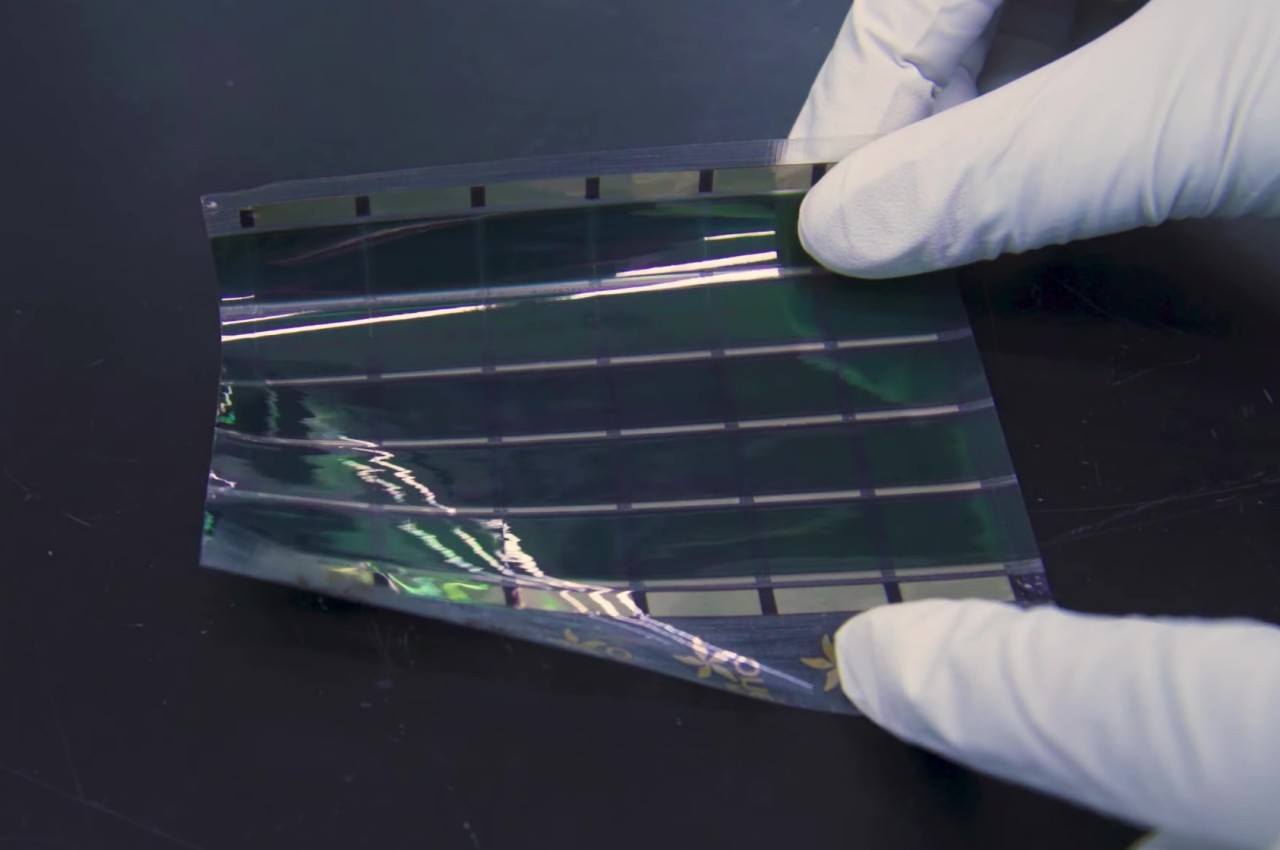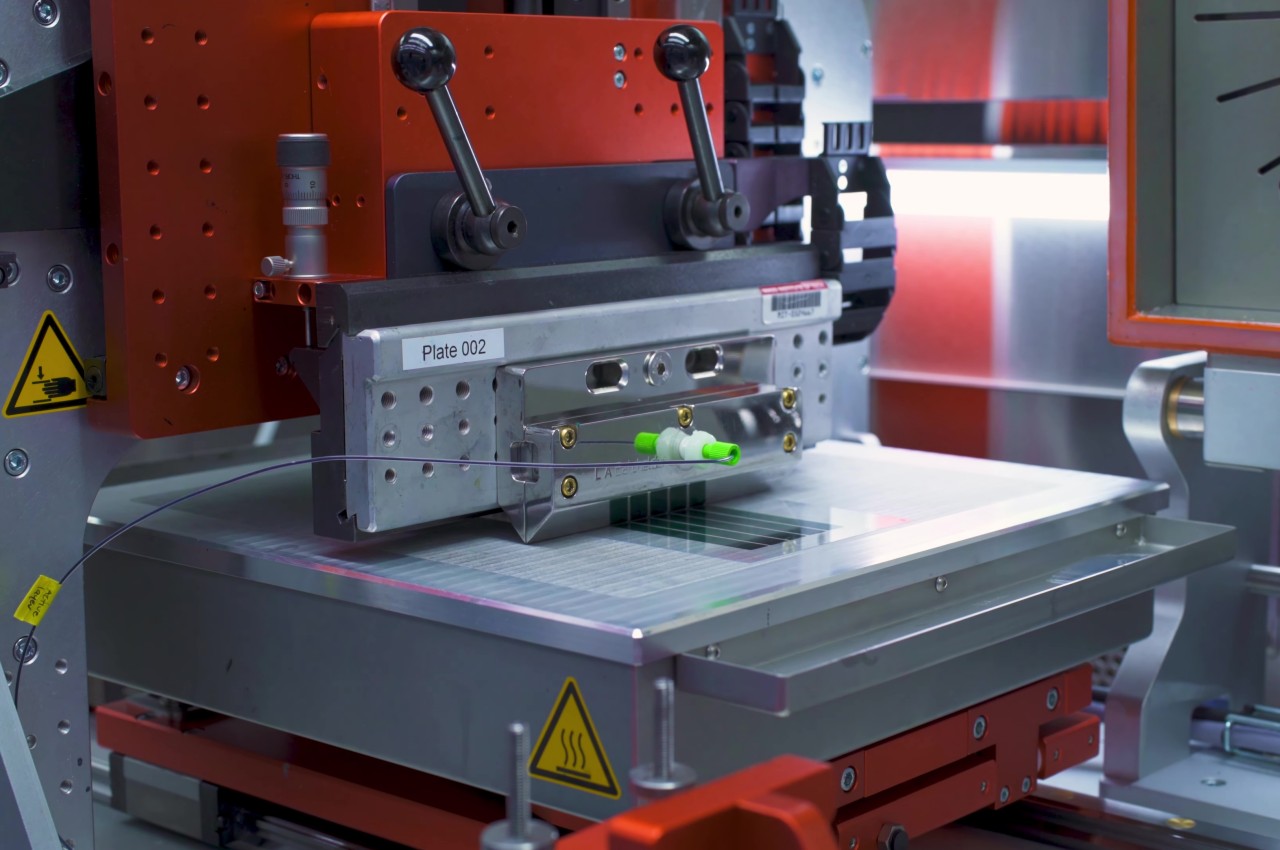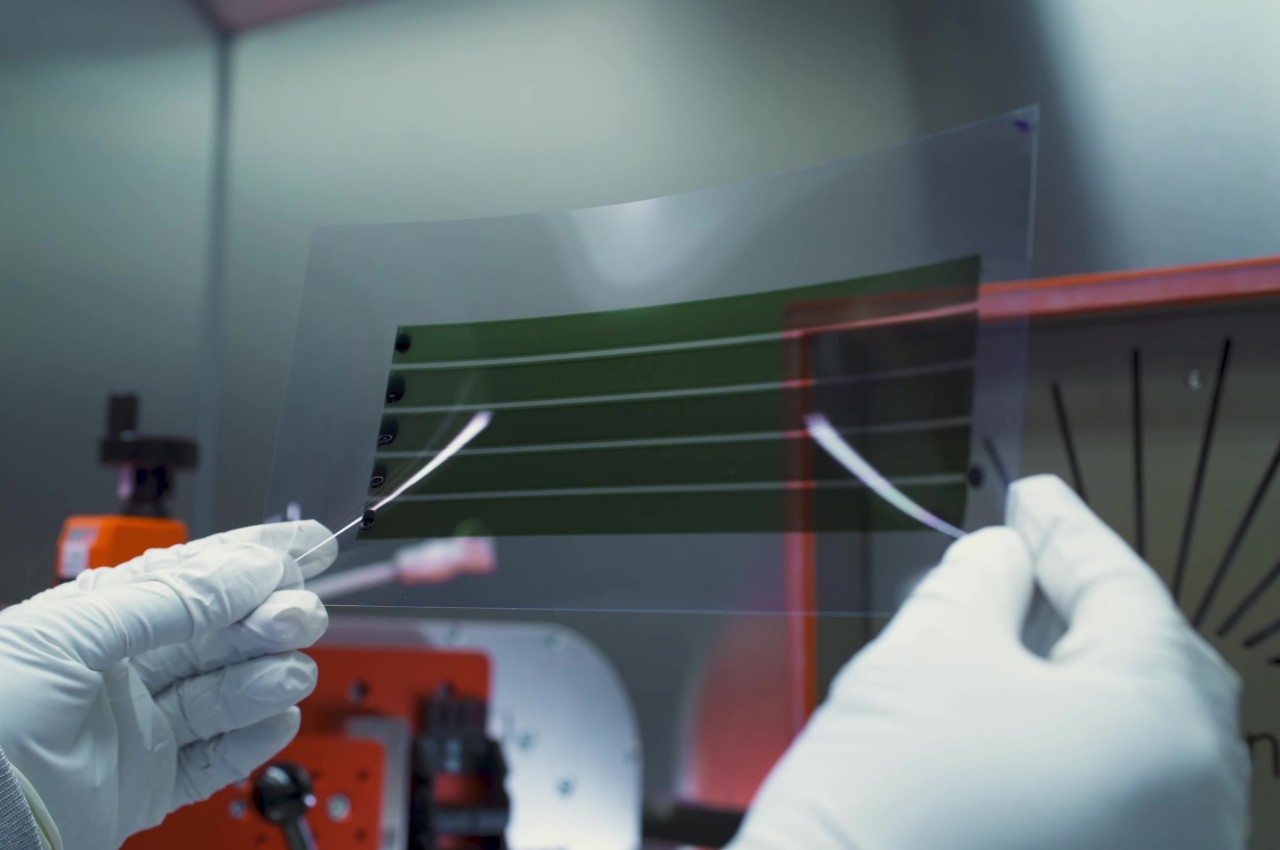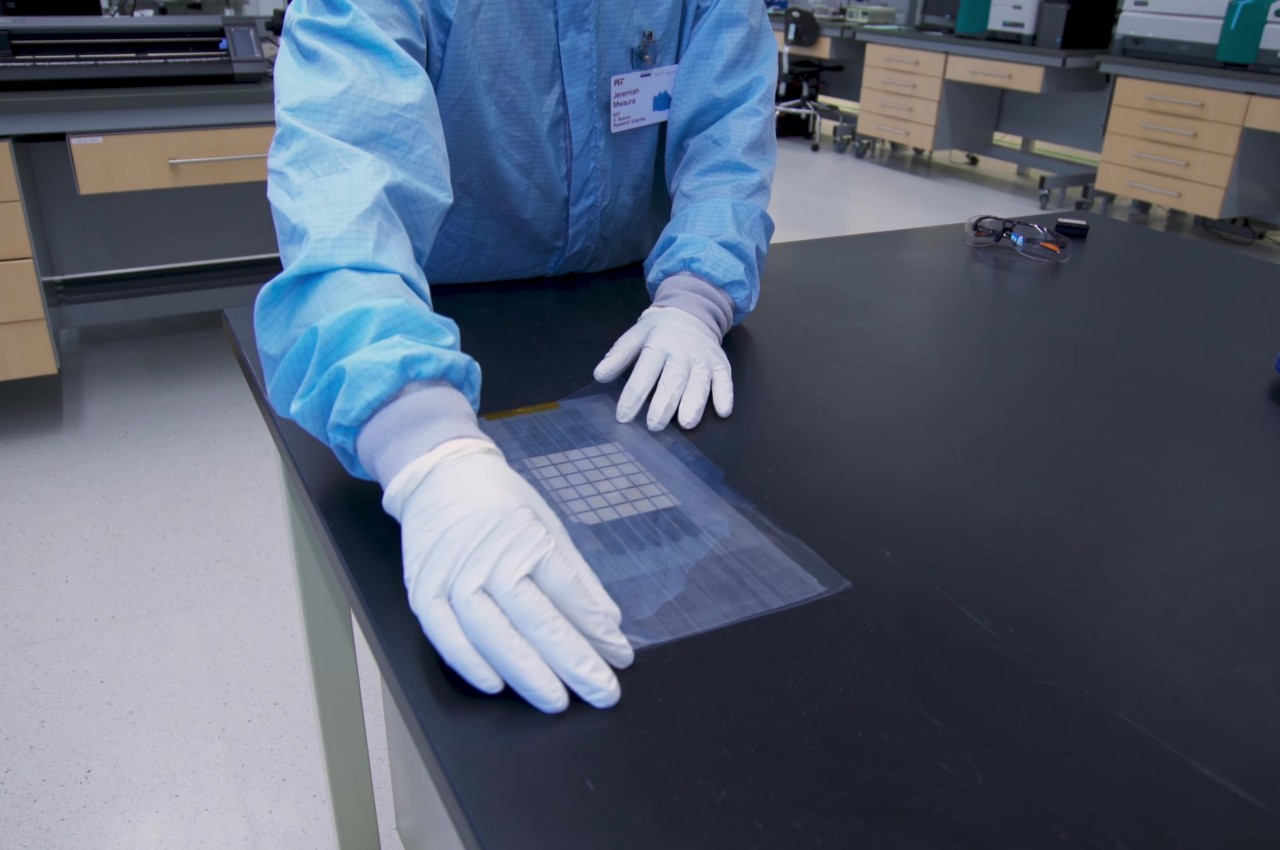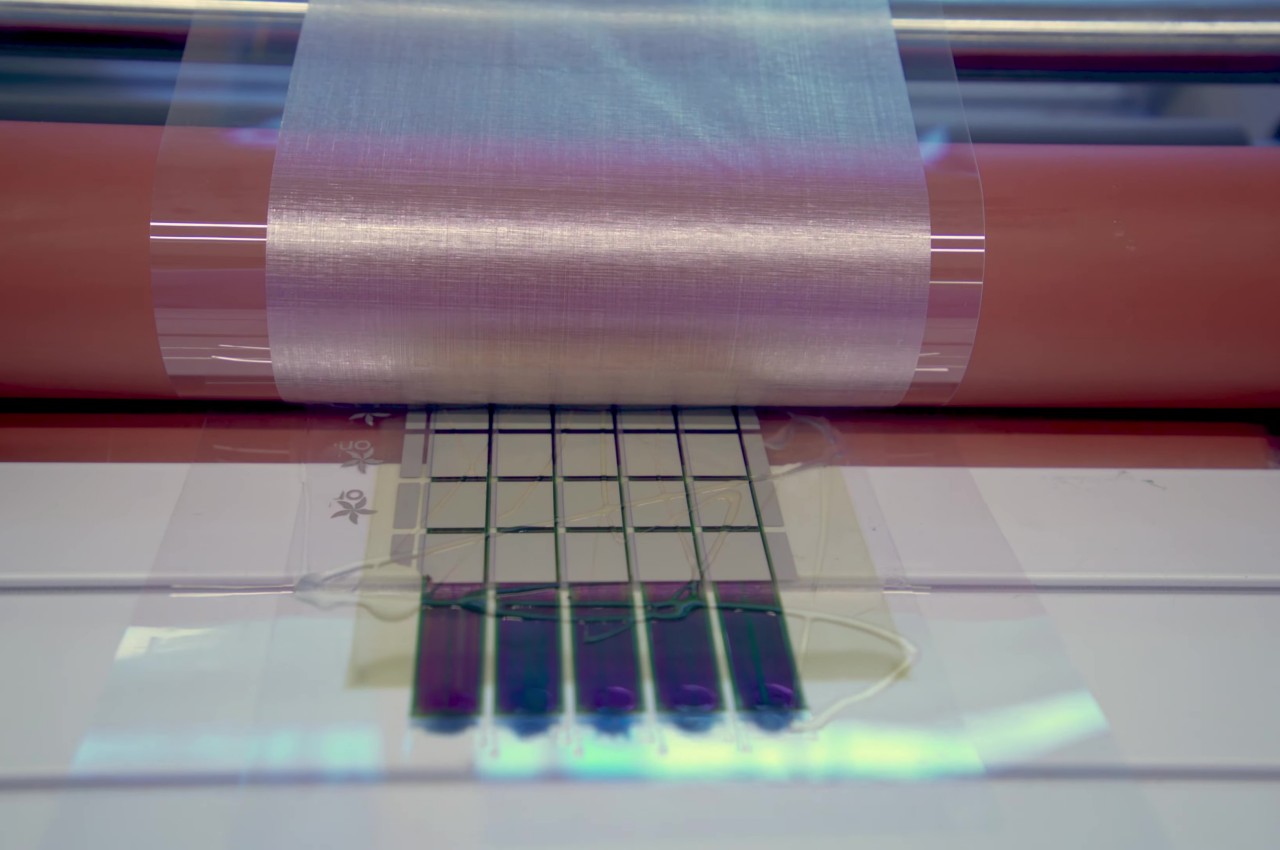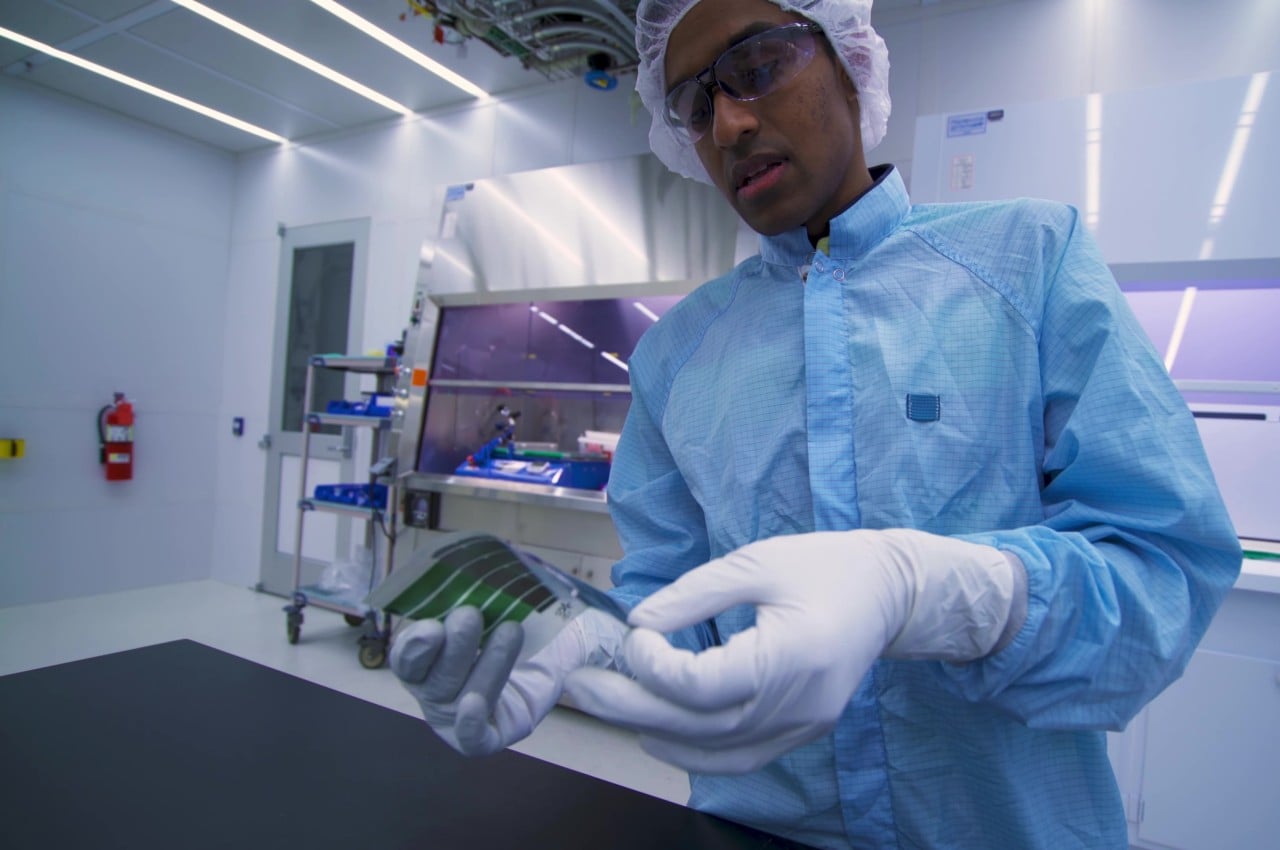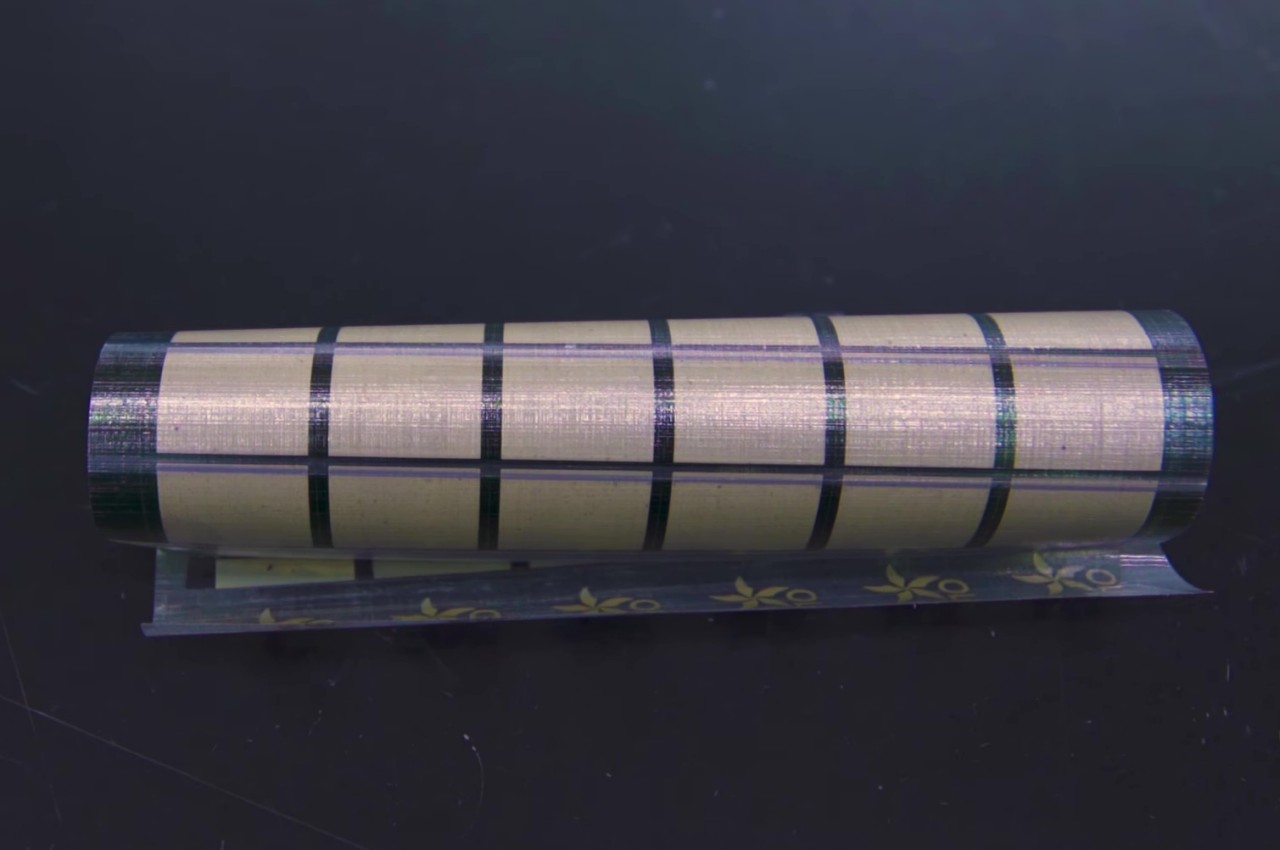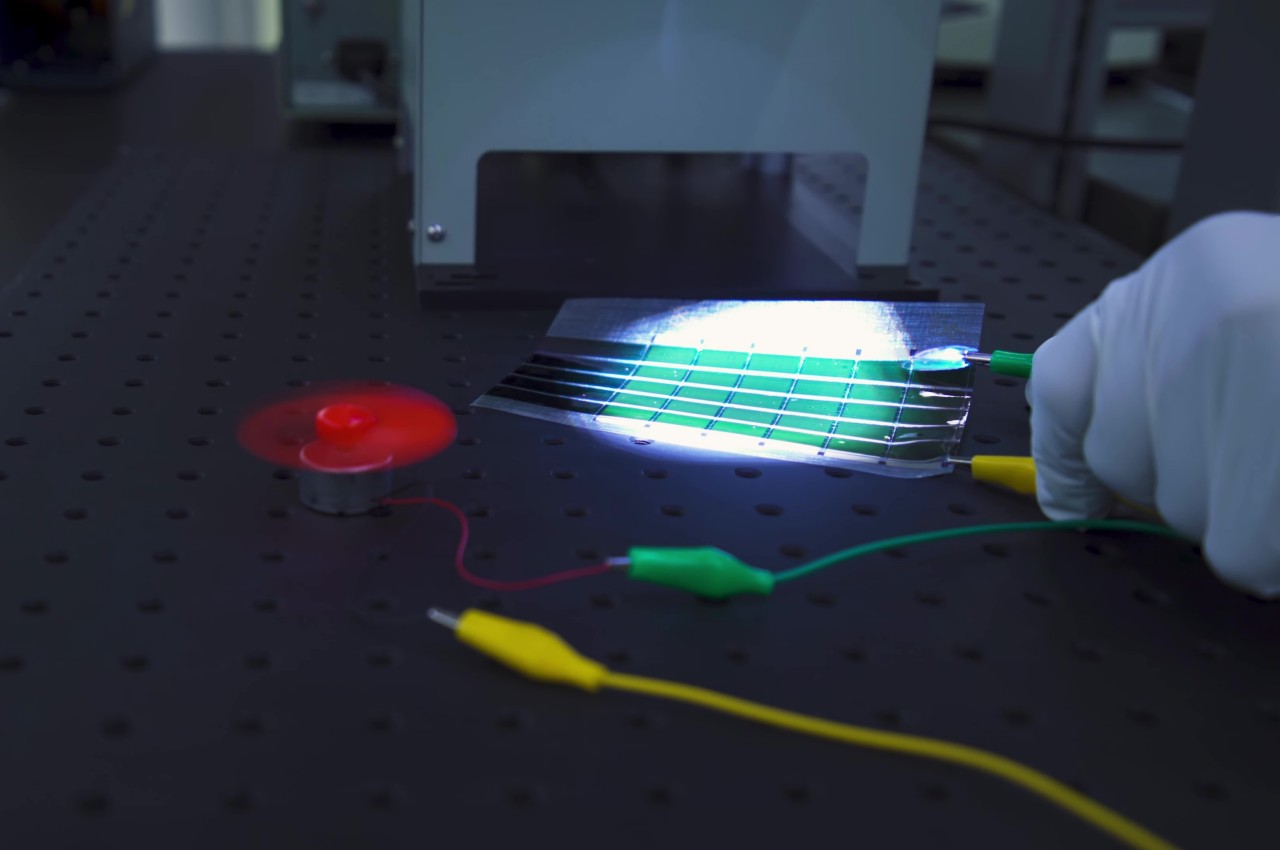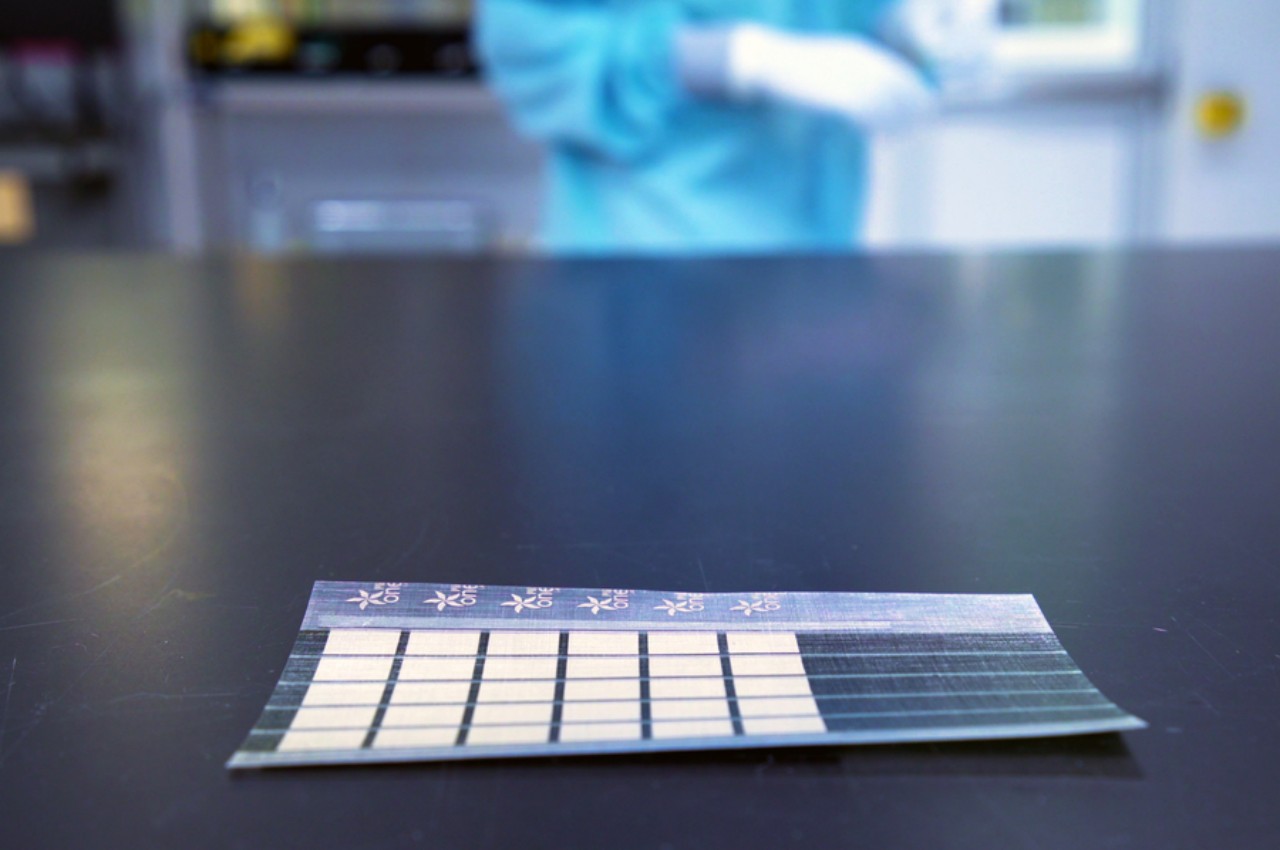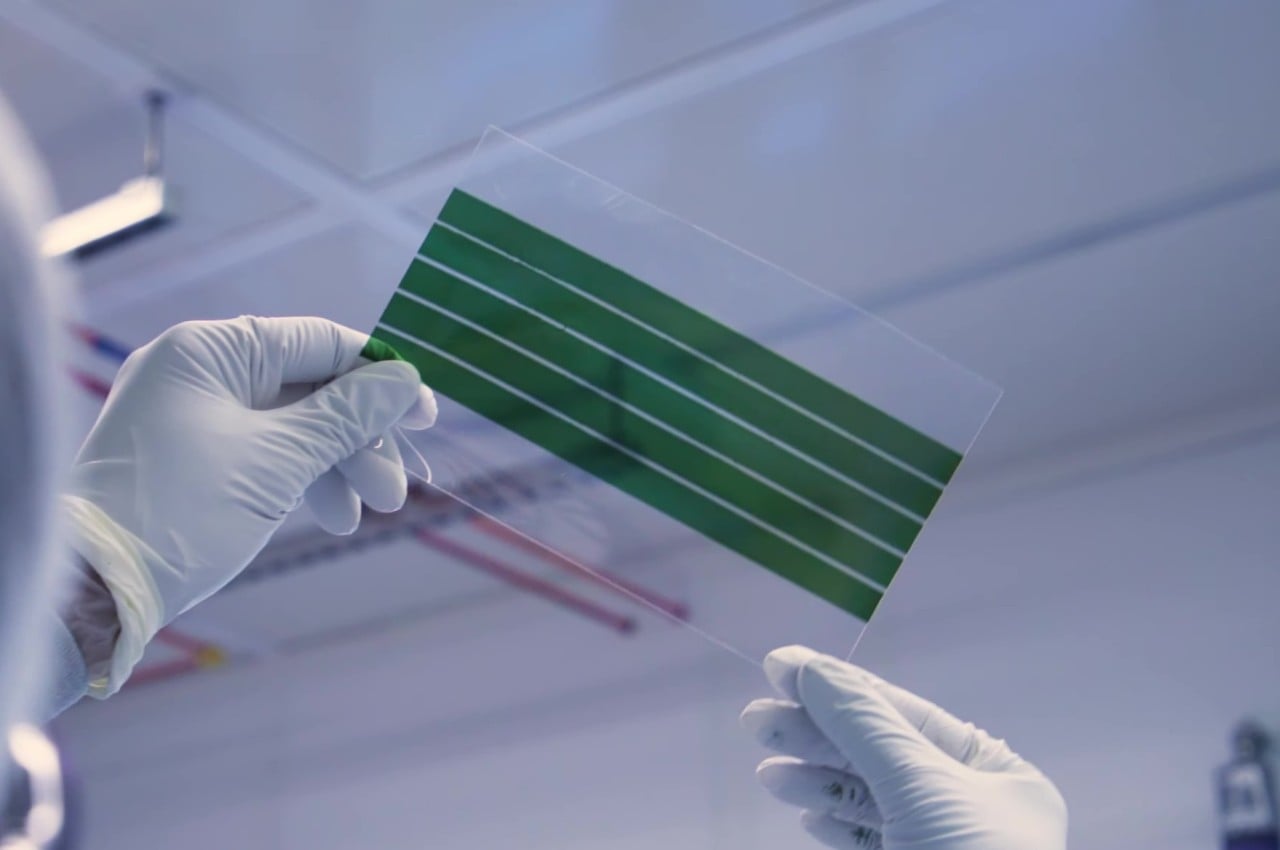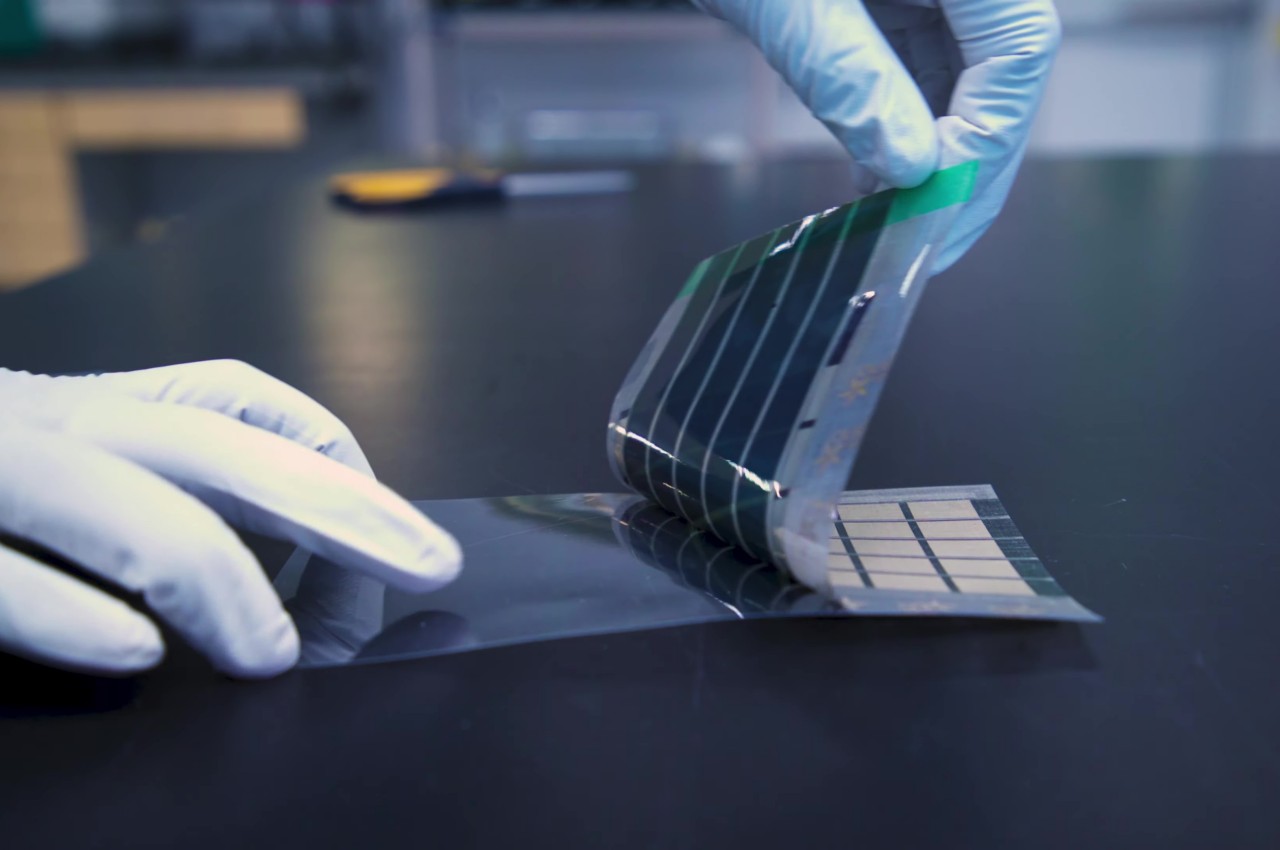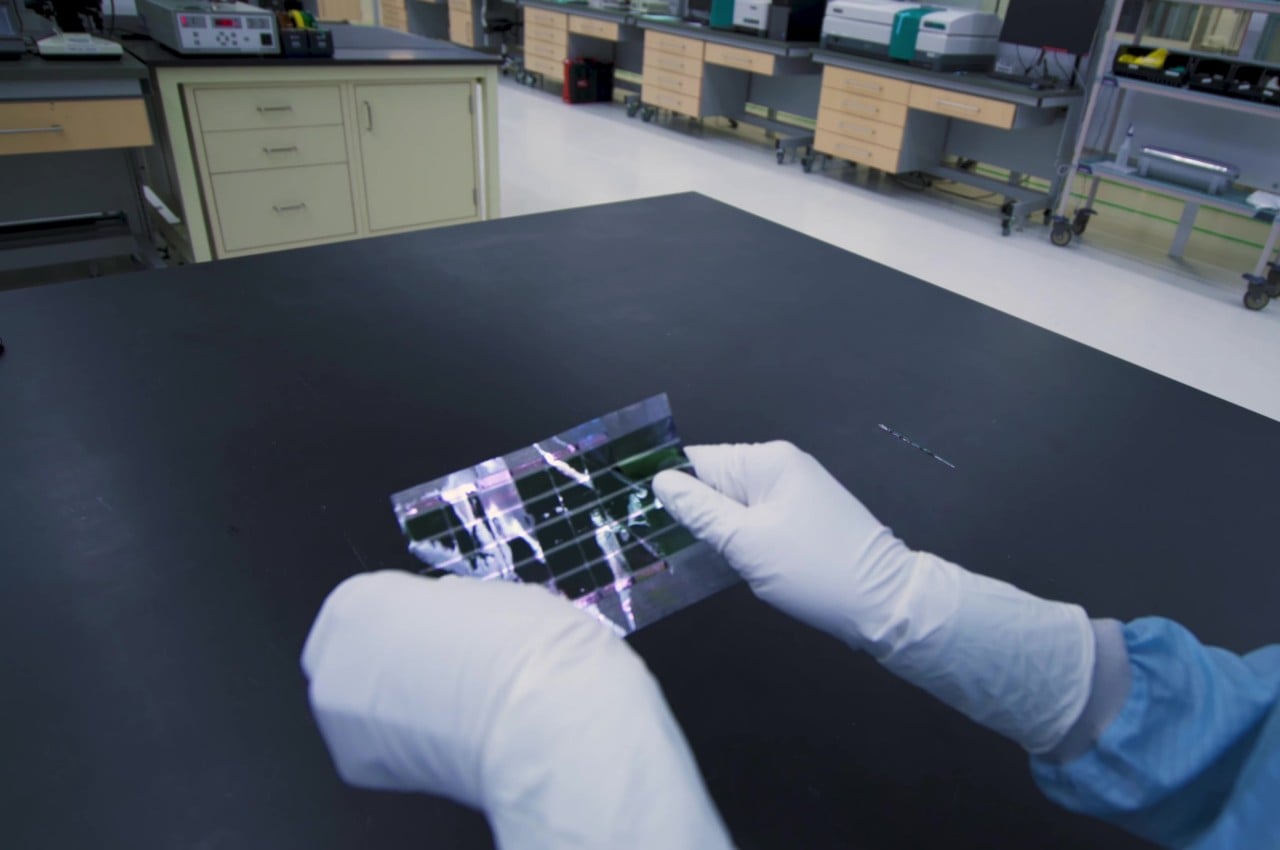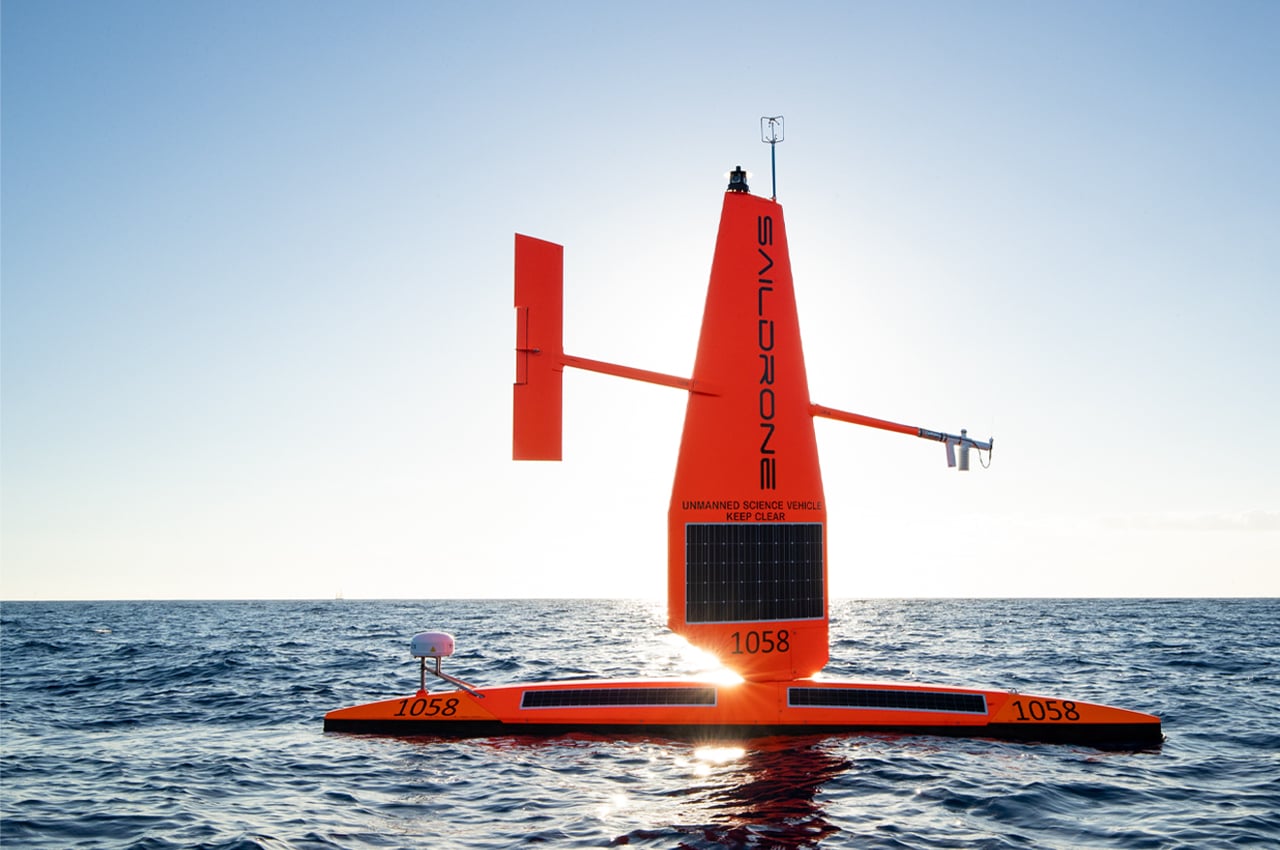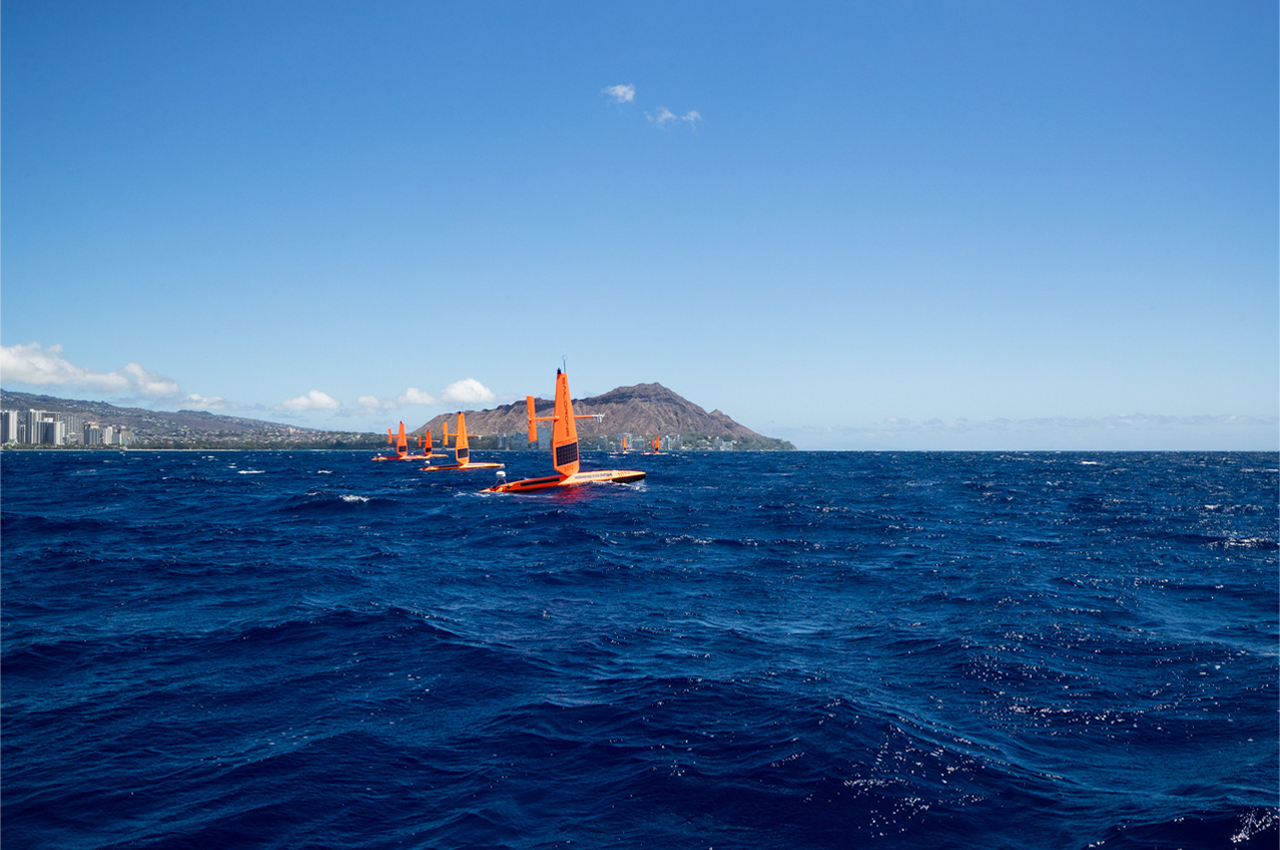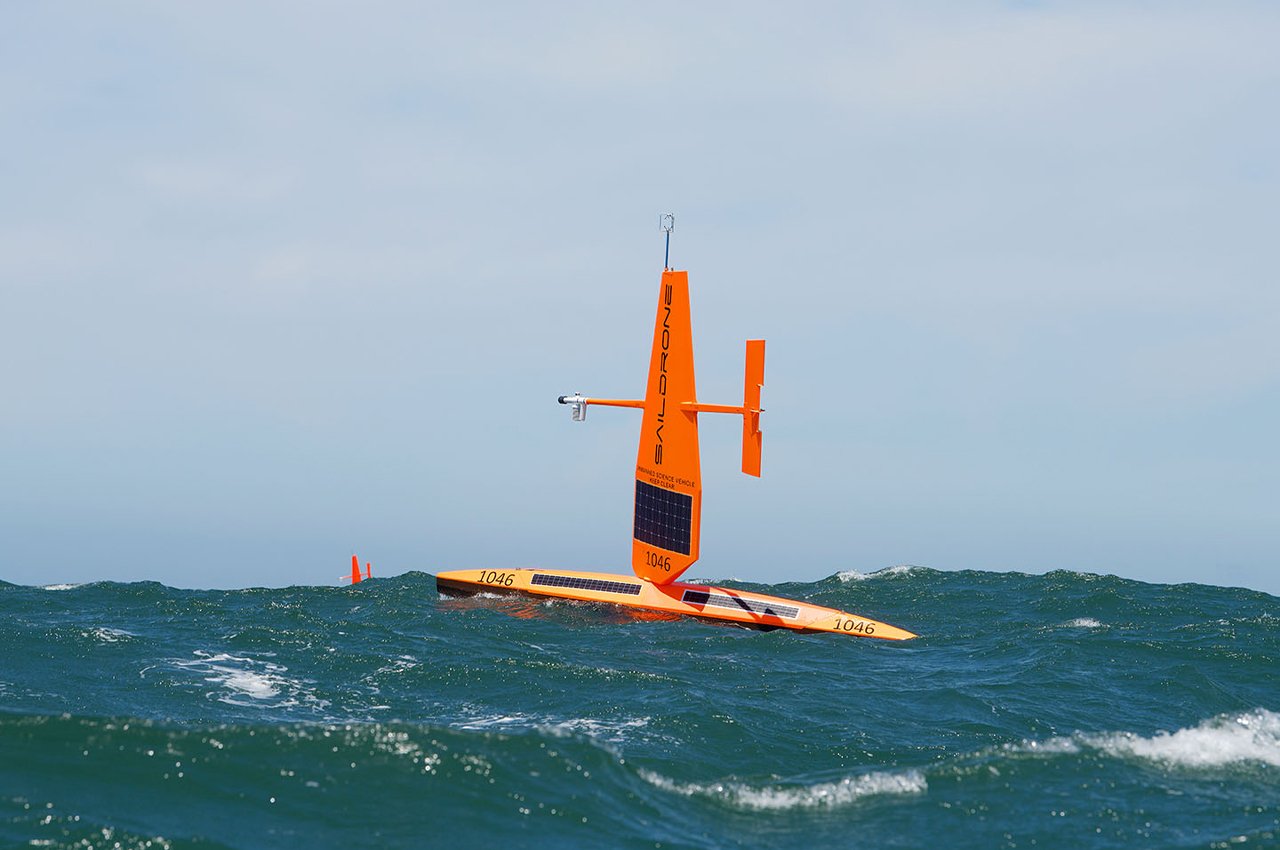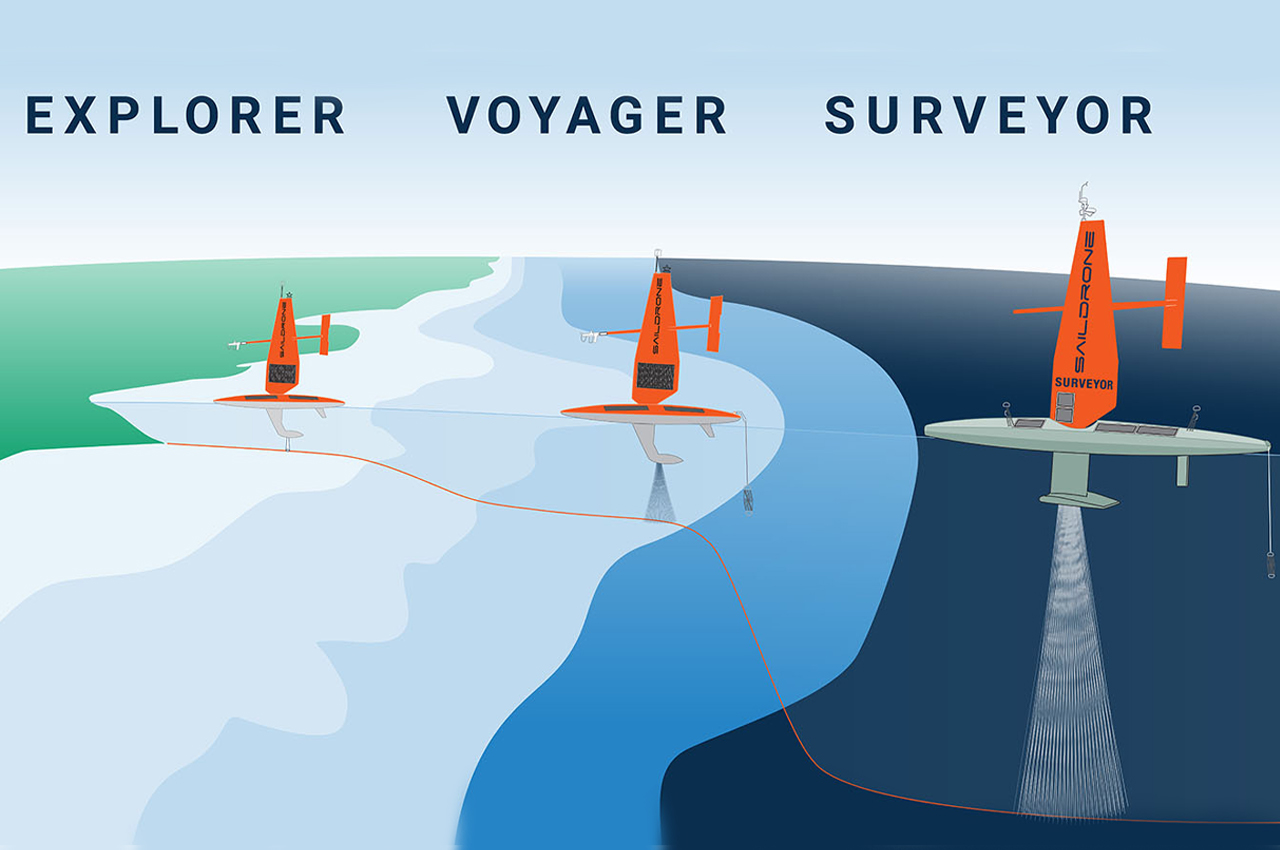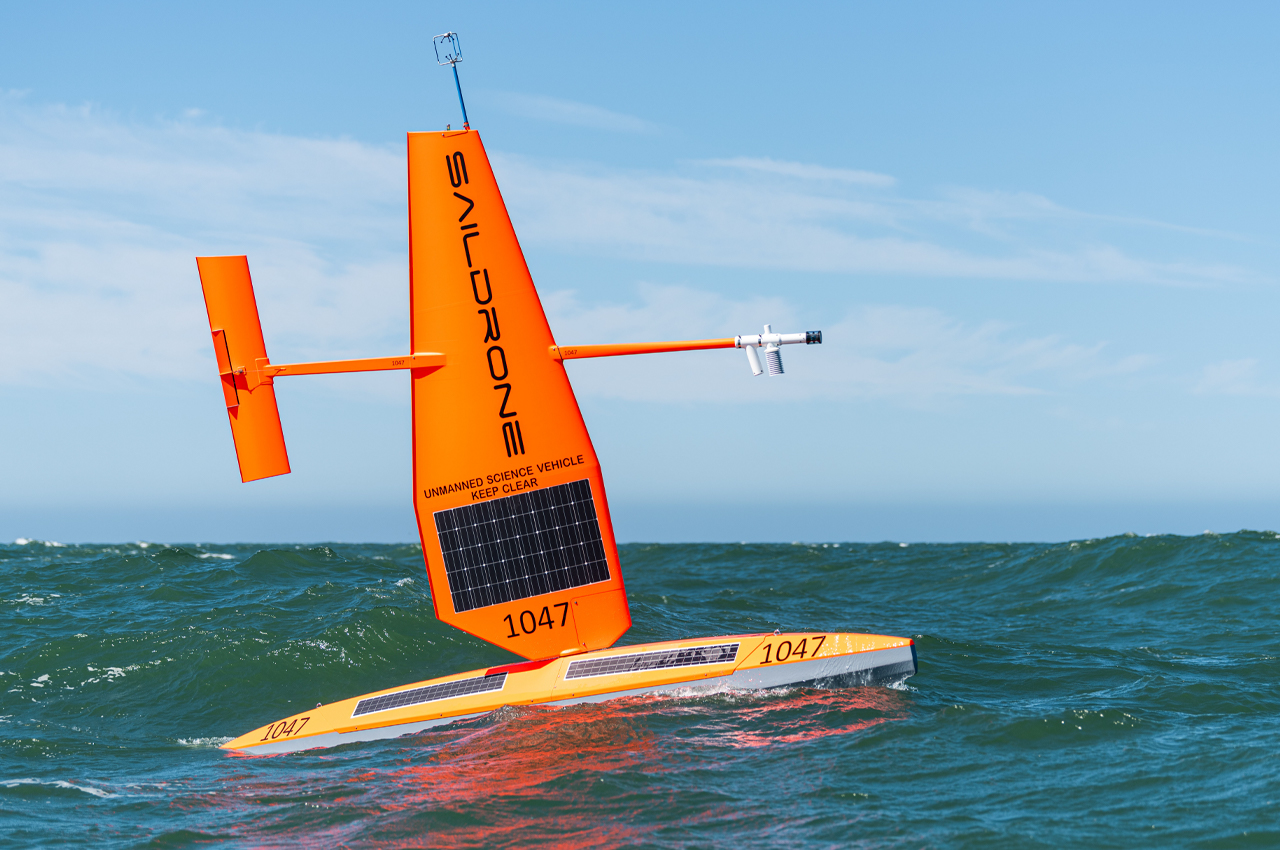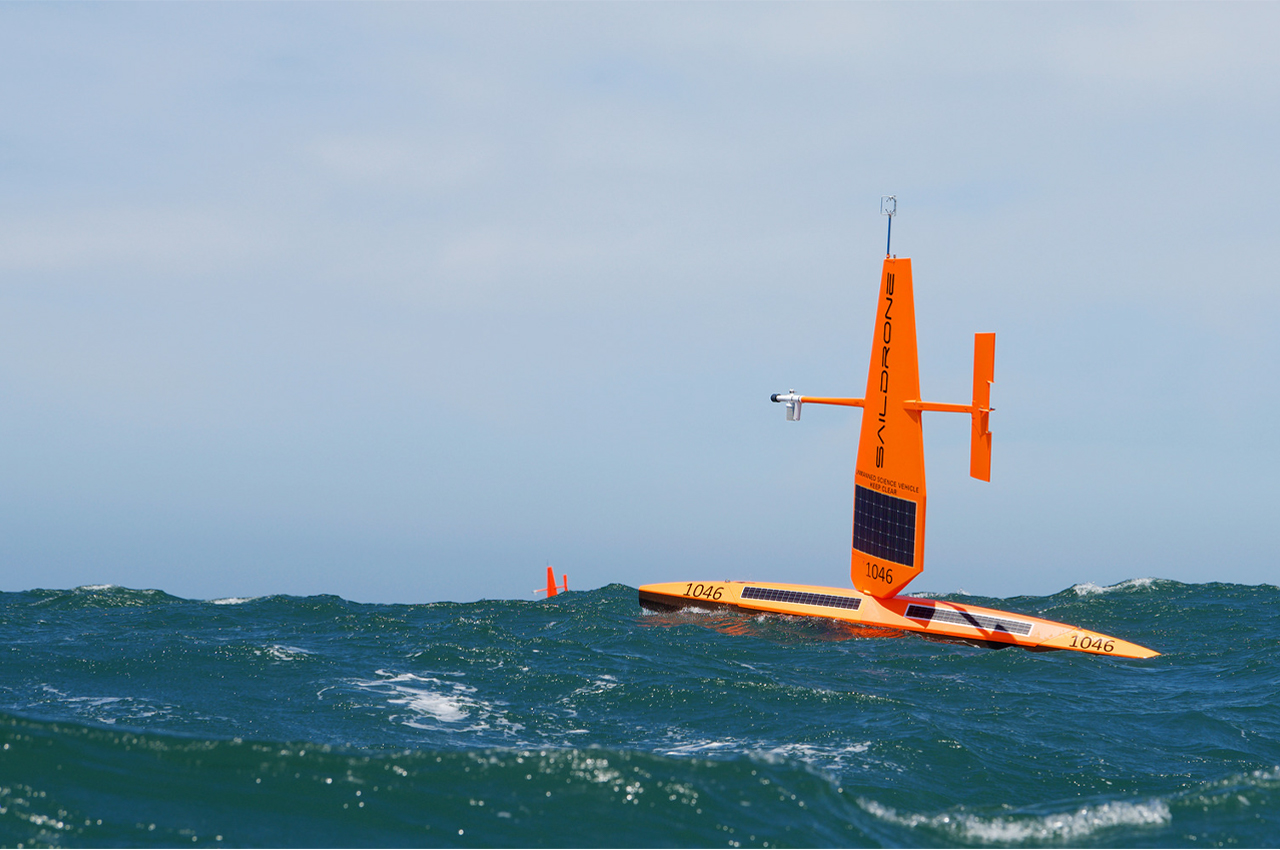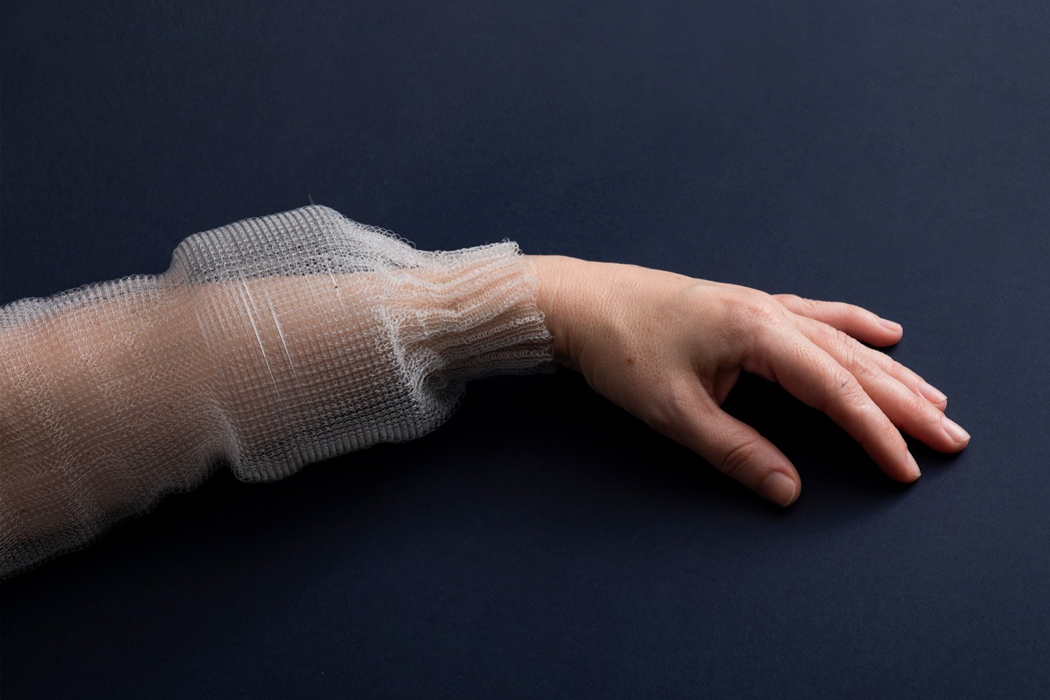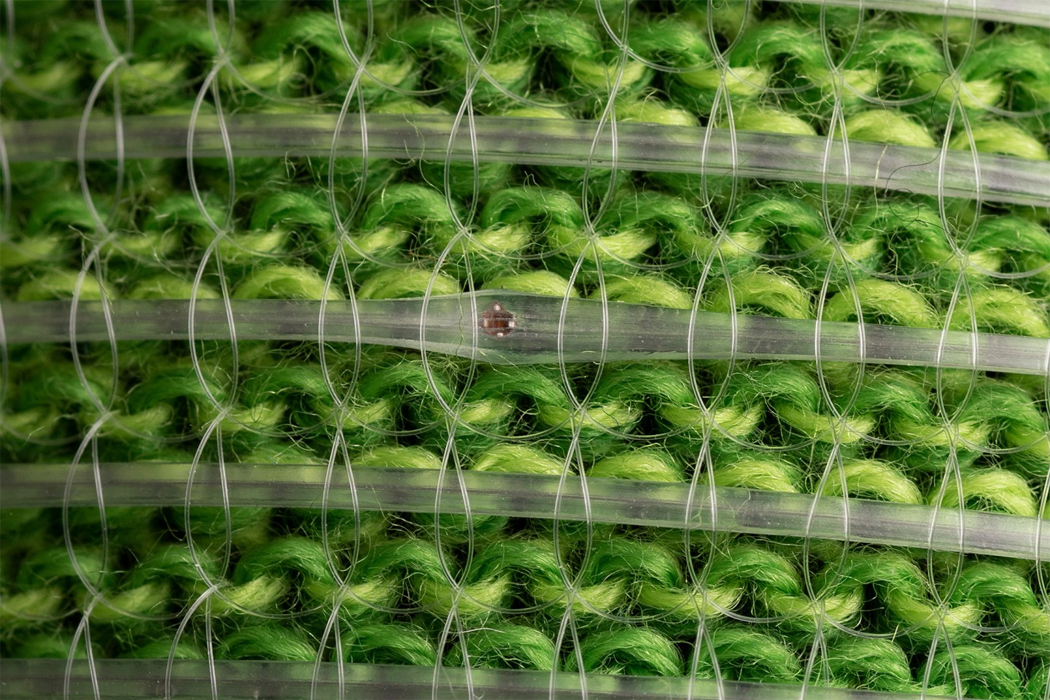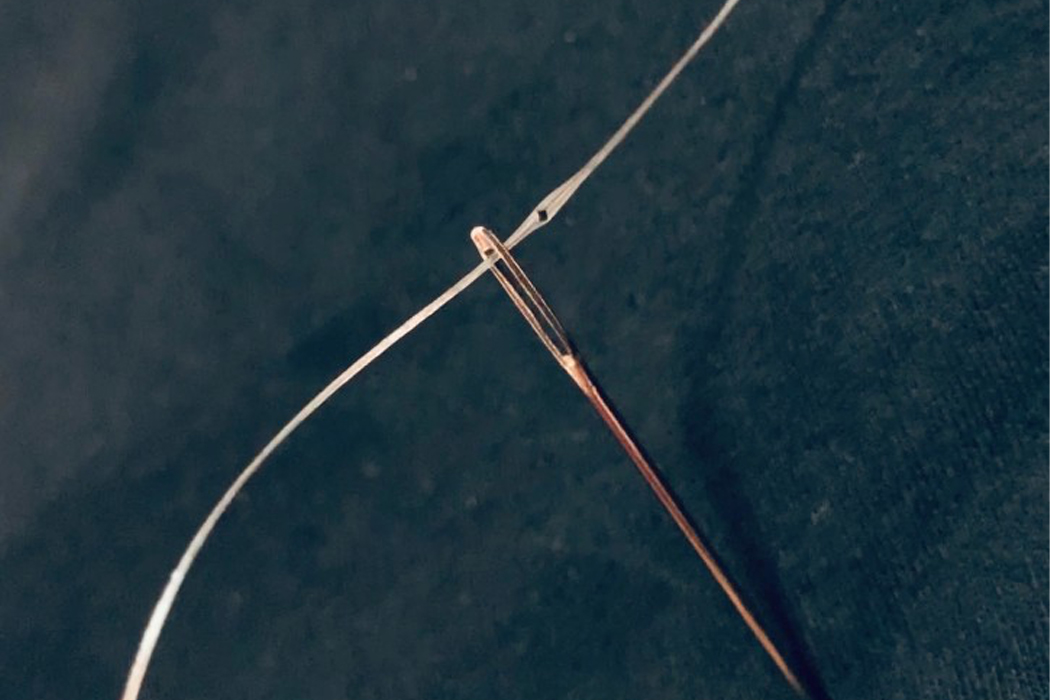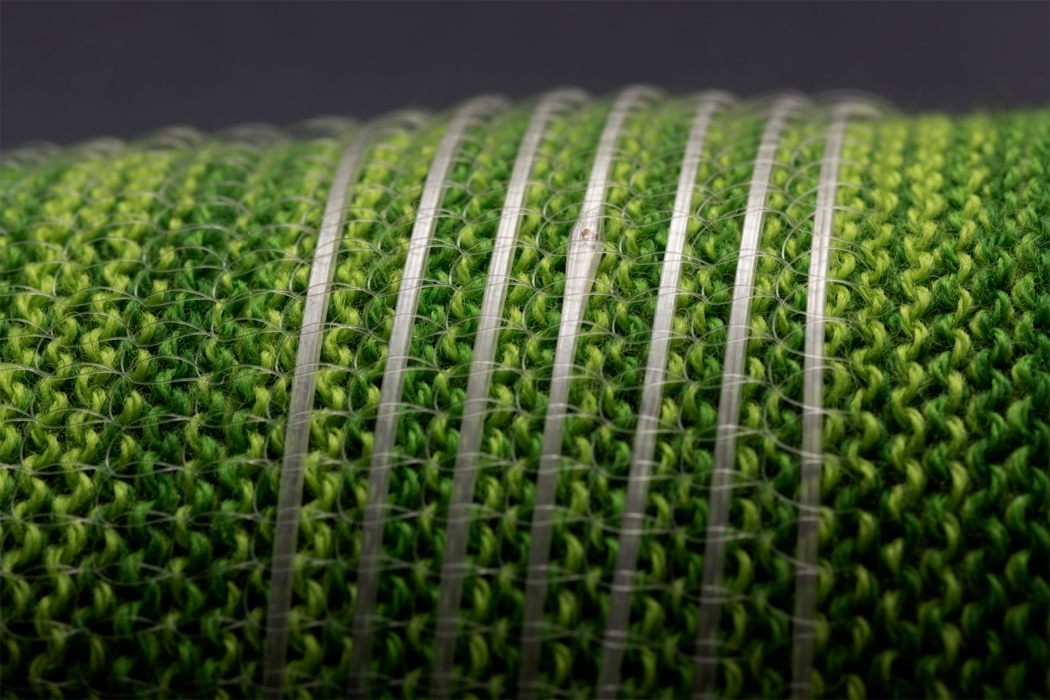Wheelchairs and mobile robots are useful (and sometimes necessary) tools for those who need them but because of the way their wheels are built, there are a lot of limitations as to where they can go. Uneven surfaces and high obstacle areas can sometimes be unaccessible for them. Researchers have been trying to reinvent the wheel so to speak by coming up with a wheel that can adjust to different terrains. This latest one from Korean researchers may just be the most promising.
Designers: Jae-Young Lee, Seongji Han, Munyu Kim, Yong-Sin Seo, Jongwoo Park, Dong Il Park, Chanhun Park, Hyunuk Seo, Joonho Lee, Hwi-Su Kim, Jeongae Bak, Hugo Rodrigue, Jin-Gyun Kim, Joono Cheong, Sung-Hyuk Song

This Variable-stiffness–morphing wheel that they are testing out is actually inspired by the surface tension of a droplet of liquid. The main thing about this experimental wheel is that it is able to ride through uneven terrain and go through obstacles while still keeping what makes a wheel a wheel when driving through flat ground. You’ll have to go back to your physics notes to fully understand but the basic idea is to create an imbalance in the cohesive forces between molecules.

This deformable wheel that they’re developing has a “smart chain structure” which is a chain of blocks outside the wheel that is connected by wire spokes to opposite sides of the central hub. From the demo video that they showed, the wheel is able to deform and adapt to the surface so it could travel over the obstacles it encounters. The two-wheeled wheelchair they used was able to ride through grassy ground with uneven surfaces. There was not video of the four-wheeled vehicle but they said it was able to drive over rocks and large steps.
It’s still early stages in this research so there are things they need to improve on. For example, dust and particles are able to get through to the smart chain blocks so the wheels are easily damaged. And the video of the wheelchair shows there’s an extreme forward tilt to the chair part so it’s not that safe for passengers yet. But this morphing wheel is promising and may eventually be useful for wheelchairs, mobile robots, and other uses.

The post Morphing wheel research can ride over uneven surfaces and obstacles first appeared on Yanko Design.
